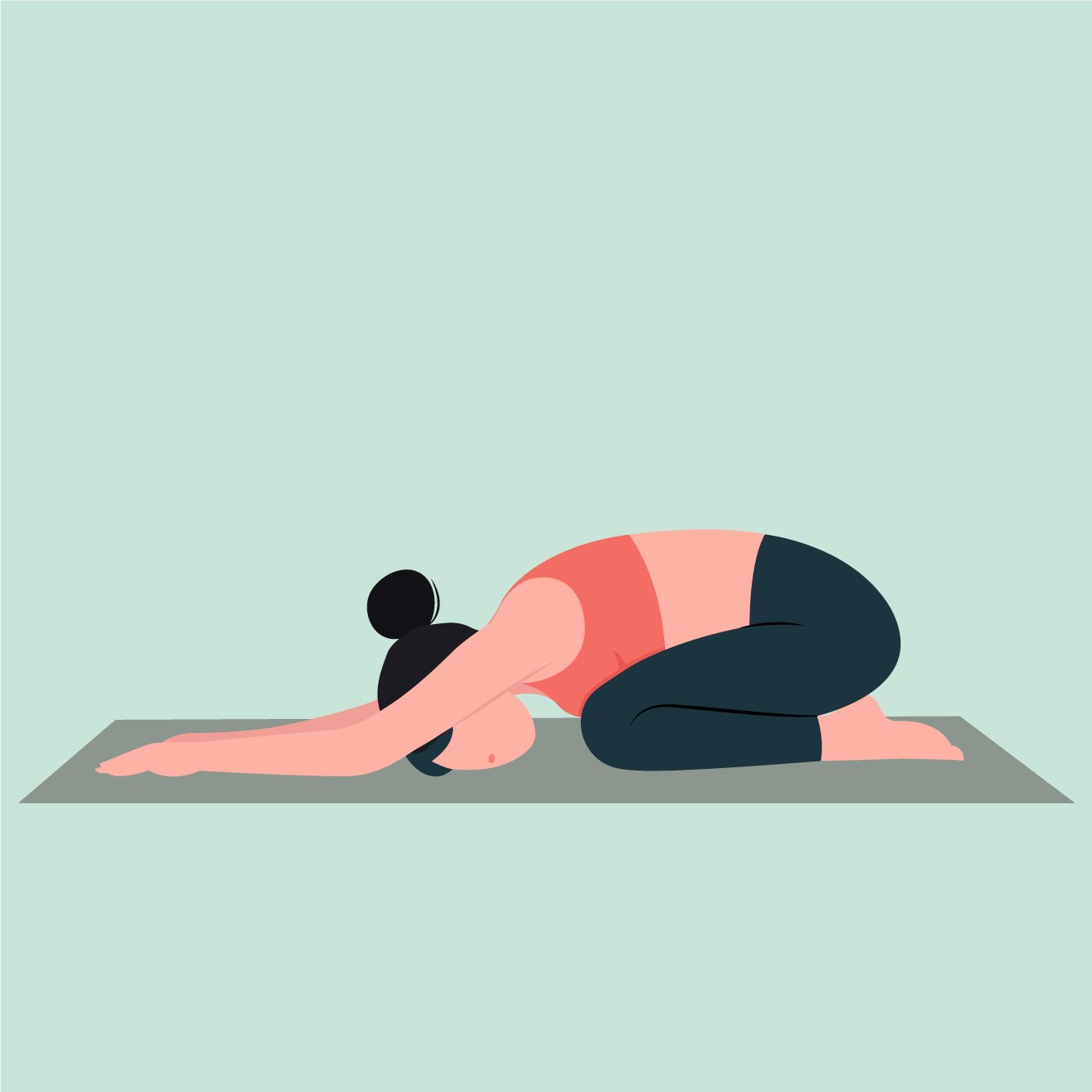RETURN TO RUNNING POSTPARTUM
The postpartum period is a time of tremendous change, both physically and emotionally. Many new parents eagerly anticipate the moment they can return to their running routine after welcoming their baby. However, making a safe and healthy comeback to running requires adhering to specific criteria and ensuring your body and brain are prepared for this high impact activity. In this blog post, we'll explore the key factors and benchmarks to consider before resuming your running journey postpartum. This education is vital, as the number one reason that women do not return to running postpartum is FEAR. Below we will go over different 6 criteria that are considered by medical professionals to be the best determinants of readiness to begin running so you can feel prepared and confident in your return to running.
1: Symptoms
We want NO symptoms at rest nor before, during or after exercise to be ready to increase our exercise intensity. If you are experiencing any of the symptoms below, contacting a pelvic floor PT. Addressing these issues before they turn into injuries is strongly advised. Some examples of symptoms that may be common but NOT normal postpartum follow:
Heaviness/ dragging in the pelvic area (can be associated with prolapse)
Leaking urine or inability to control bowel movements
Noticeable gap along the midline of your abdominal
(This may indicate Diastasis Rectus Abdominis (DRA))Pelvic or lower back pain
Ongoing or increased blood loss beyond 8 weeks postnatal that is not linked to your monthly cycle
Musculoskeletal pain in joint(s), muscle(s) or any general sense of physical discomfort
2: TIME
Time is ONE piece of this puzzle, but by no means the only thing that matters. There are numerous factors that impact your timeline to return to running. Typically, we begin to discuss returning to running 3-6 months postpartum.
Before this time period, we should progressively increase our exercise to work up to running or any high impact activity goal. Most OB/GYN’s suggest returning to exercise at 6 weeks postpartum. The first 6 weeks are dedicated to healing and reconnecting with our brain and body. If you are interested in what this looks like, check out our Instagram! We just did a series on an acute 8 week postpartum exercise program.
There are a multitude of factors that can impact this timeline, which is why it is given in a range. Every BODY is different, every birthing experience is different, and everyone's lives and goals are different. An individualized approach, especially if you are struggling with symptoms postpartum, is the best approach.
3: LOAD MANAGEMENT
We need to be able to complete ALL of the following without symptoms of pelvic heaviness, leakage, pain, or compensation*:
Walking 30 minutes
Single leg balance 10 seconds
Single leg squat 10 repetitions each side
Jog on the spot 1 minute
Forward bounds 10 repetitions
Hop in place 10 repetitions each leg
Single leg ‘running man’: opposite arm and hip flexion/extension (bent knee) 10
repetitions each side
*compensations include excessive knee valgus, pelvic dropping or hiking, excessive trunk lean and/or excessive back extension. A trained eye is best to assess your movement patterns (like a physical therapist).
4: STRENGTH
In order to ensure key muscle groups are prepared for running, each of the following movements should be performed with the number of repetitions counted to form and fatigue. Aim for 20 repetitions of each test (without any compensations*).
Single leg calf raise
Single leg bridge
Single leg sit to stand
Side lying abduction
5: PELVIC FLOOR CONTROL
I recommend that everyone postpartum consult with a pelvic floor physical therapist (like me :). Your pelvic floor PT can perform an internal exam to measure the strength and capacity of your pelvic floor. Before returning to run, it is recommended that pelvic floor strength be tested in a STANDING position, to be against gravity (as the activity you will be doing is in an upright position). The following pelvic floor benchmarks can be assessed by a pelvic floor PT:
>3/5 pelvic floor strength on manual muscle test
10 quick contractions
10 reps of 6-8 maximum contractions
60 second endurance hold maintaining 50% strength
6: PSYCHOLOGICAL SCREENING
Your mental state is critical to your physical state, as well as your physical state having a large impact on your mental state. The two have an inseparable relationship. It is recommended to complete the Post-Natal Depression screening tool throughout your postpartum journey, but especially before returning to running or sport to determine mental readiness.
Additional components like pushing a stroller, breastfeeding, and sleep can impact your return to running along with the mentioned criteria above.
RISK FACTORS (non-exhaustive list)
There are several risk factors that can impact all of the above criteria and your overall heal, well-being, and return to fitness journey postpartum. Below are a few known risk factors that can make return to running more challenging:
Less than 3 months postnatal
Pre-existing hypermobility conditions (e.g. Ehlers-Danlos)
Breastfeeding
Pre-existing pelvic floor dysfunction or lumbopelvic dysfunction
Psychological issues which may predispose a postnatal mother to inappropriate
intensity and/or duration of running as a coping strategyObesity
Caesarian Section or perineal scarring
Relative Energy Deficiency in Sport (Red-S)
As a final note, when you are returning to running, it is ideal to have a full musculoskeletal assessment done in addition to a gait analysis (breaking down how you move as you walk) by a professional. This, along with the 6 criteria above, will put all the components together. We are after all, one body, one brain and one closed system. Understanding how everything works together to assist you in ideally moving through space is essential to feeling the best possible, staying symptoms free, and reaching your goals.
The above information is based on the current evidence and body of knowledge on returning to running postpartum. The amount and quality of evidence is limiting and requires further investigation.
REFERENCES
Christopher, Shefali Mathur, et al. "Rehabilitation of the postpartum runner: a 4-phase approach." Journal of Women's Health Physical Therapy 46.2 (2022): 73-86.
Groom, T., Donnelly, G., & Brockwell, E. (2019). Returning to running postnatal – guidelines for medical, health and fitness professionals managing this population.
James, Megan L., et al. "Running during pregnancy and postpartum, part A: Why do women stop running during pregnancy and not return to running in the postpartum period?." Journal of Women's Health Physical Therapy 46.3 (2022): 111-123.
Moore, Isabel S., et al. "Multidisciplinary, biopsychosocial factors contributing to return to running and running related stress urinary incontinence in postpartum women." British Journal of Sports Medicine 55.22 (2021): 1286-1292.
Other Posts You Might Like
















